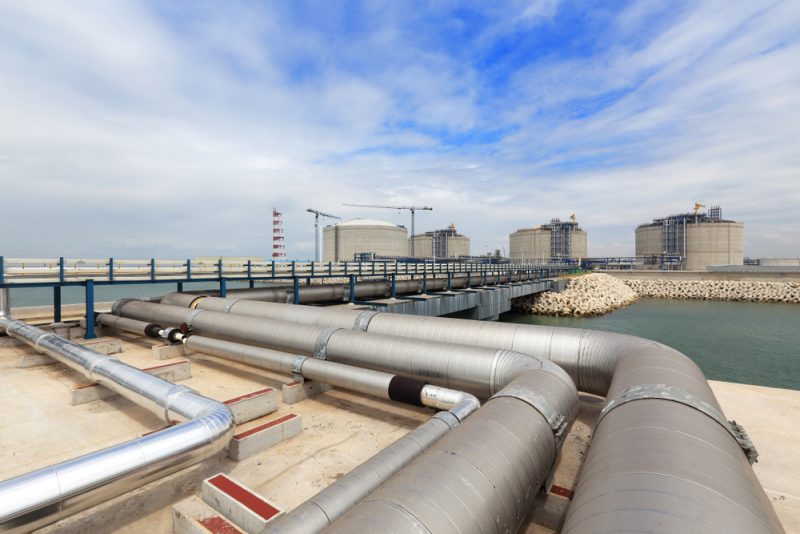FERC approves Driftwood LNG project

The Federal Energy Regulatory Commission issued a final Environmental Impact Statement for the Driftwood LNG (liquefied natural gas) facility and pipeline project near Lake Charles, Louisiana.
The Driftwood project, which includes a 96-mile pipeline, would export 27.6 million tons of LNG annually. The owner, Tellurian Inc., hopes to begin construction in the first half of 2019 with the goal of having the facility operational in 2023.
“Tellurian is an exceptional company founded by someone who has made the U.S. one of the world’s largest suppliers of LNG, behind only Australia and Qatar,” United States Energy Association Executive Director Barry Worthington said.
Worthington said global demand for natural gas is expected to double by 2035. FERC’s approval of Driftwood LNG is a step in the right direction to help meet that demand, he added.
“This is historic,” said Worthington. “We applaud FERC’s thorough expeditious process, and we applaud President Trump’s policies that have encouraged American energy production and the Trump administration’s efforts to remove barriers to all energy production, development, delivery, technological innovation, and exports. This creates energy security in the U.S. which allows us to help our allies secure their own future and economic growth.”
The European Union is the world’s largest natural gas importer, but most of its supply comes from Qatar, along with Russia, Norway, Algeria, Nigeria, Peru, and Trinidad and Tobago. The United States only supplied 4 percent of the continent’s natural gas demand last year.
“Meanwhile, this year China is expected to become the largest natural gas importer in the world. Half of its supply will likely come from U.S. LNG ships and the rest from a pipeline that runs through Europe and Central Asia,” Worthington said. “It’s extremely important for our LNG industry to remain robust, for projects to advance expeditiously to meet global demand and the challenge of global LNG competition.”
